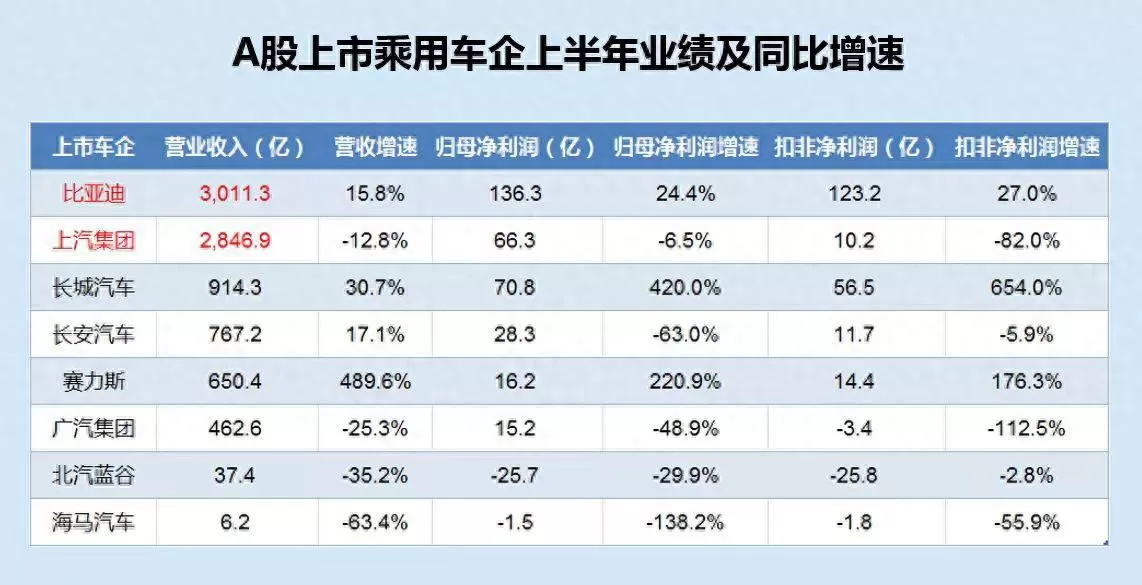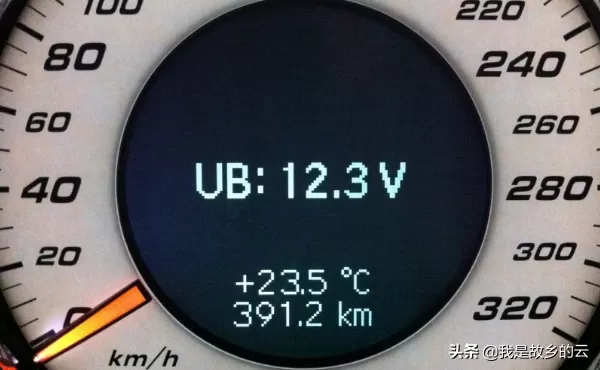People often say that the range of electric vehicles (EVs) diminishes over time. Initially, a full charge might provide a range of 300 to 400 kilometers, but eventually, it drops to just over 100 kilometers. Why does this happen, and how long does it take for such a decline to occur?
The range of an EV fundamentally depends on the condition of its battery. The less the battery wears out, the longer the vehicle's range. Conversely, the more the battery deteriorates, the shorter the range becomes.

Several factors influence battery condition, including usage time, charging methods, charging habits, and the driving environment.
During the use of an EV battery, natural aging occurs. This is due to irreversible chemical reactions inside the battery during repeated charge and discharge cycles, leading to the loss of lithium ions and an increase in internal resistance, which reduces the battery's capacity and power.
Overusing the battery, allowing the charge to get too low, or overcharging can also damage the battery. Overcharging or deep discharging can cause lithium ions to precipitate, damaging the battery's structure and stability, thus decreasing its capacity and safety. Frequently using fast charging can accelerate battery aging because the lithium ions introduced quickly do not have time to distribute evenly within the anode, causing local oversaturation.
Additionally, external temperature has a significant impact on the battery. Low temperatures increase internal resistance, elevate the viscosity of the electrolyte, and reduce the migration speed of lithium ions between electrodes, leading to decreased charge and discharge performance and capacity. High temperatures accelerate battery aging, increase electrolyte decomposition and polarization, and affect the battery's cycle life.
Therefore, the range decline of an EV is not a fixed process, and there is no uniform standard for the rate of decline. However, owners can take measures to slow down the rate of decline.
To address or mitigate the battery decline issue, installing a home charging station can be a good starting point:
1. Appropriate Charging Method: Home charging stations typically use a more suitable AC slow-charging method. Low-power slow charging is more beneficial for battery protection.
2. Healthy Charging Habits: With a home charging station, it's easier to develop healthy charging habits. The vehicle can be charged regularly, and the charging station can automatically stop charging once the battery reaches a certain threshold, avoiding overcharging and deep discharging.
3. Stable Environment: Long-term home charging keeps the vehicle battery in a stable and suitable environment, protecting it from extreme temperatures due to summer heat or winter snow.
By taking these steps, EV owners can help extend the lifespan of their batteries and maintain a more consistent vehicle range.






